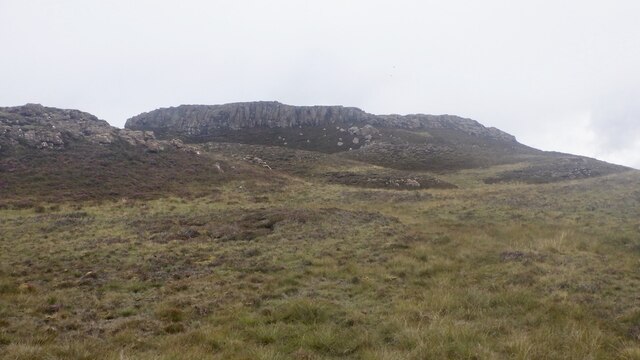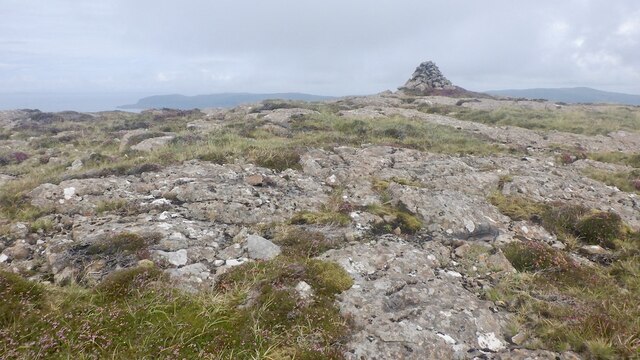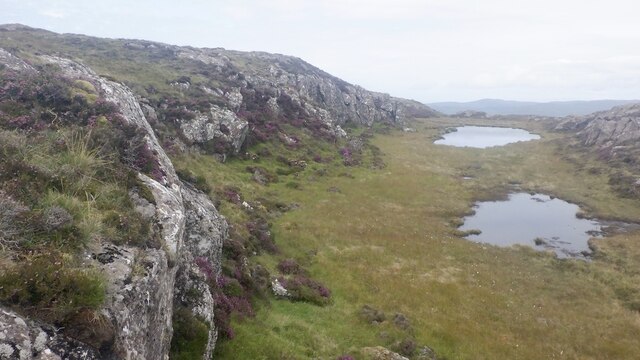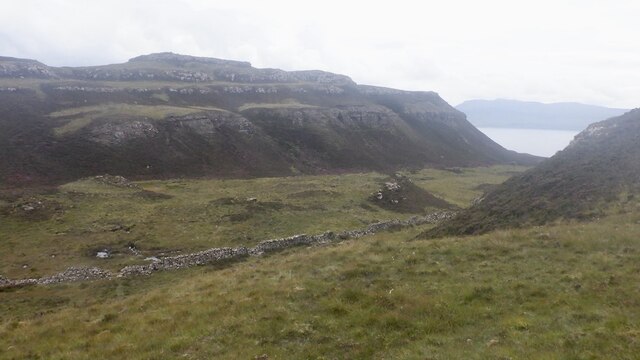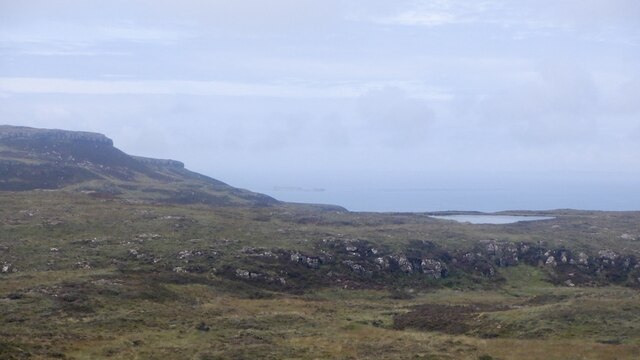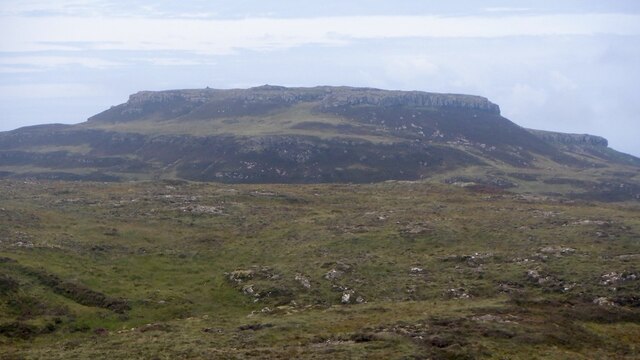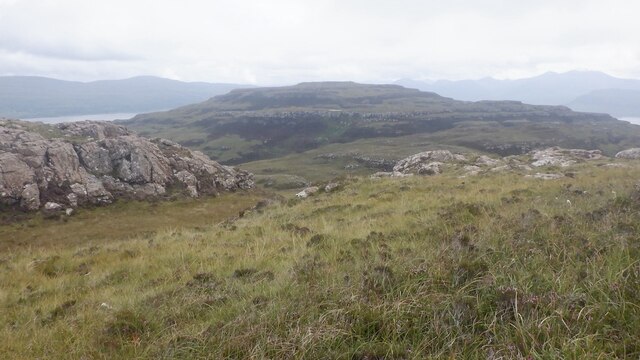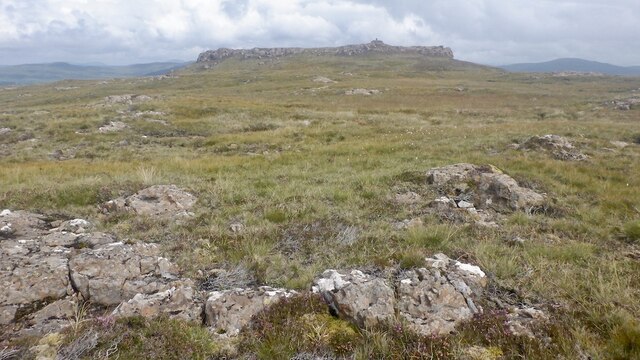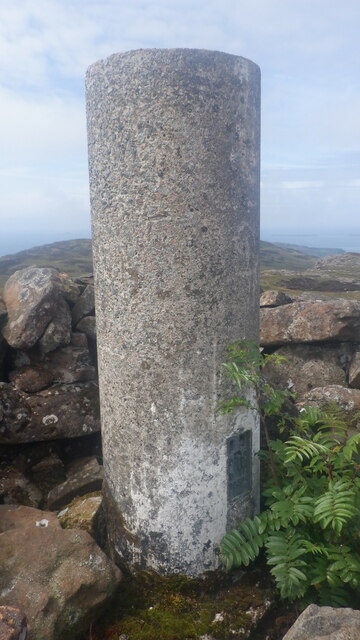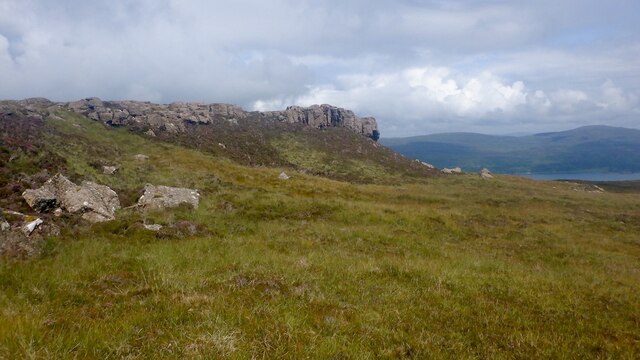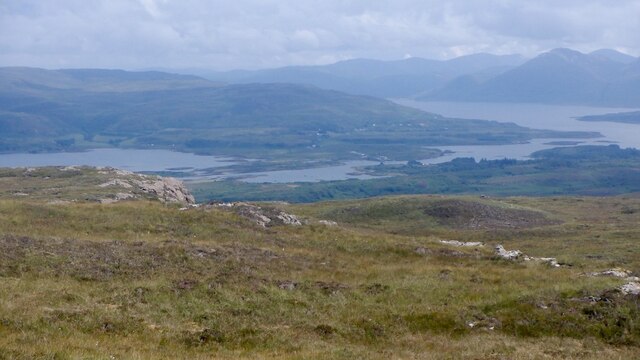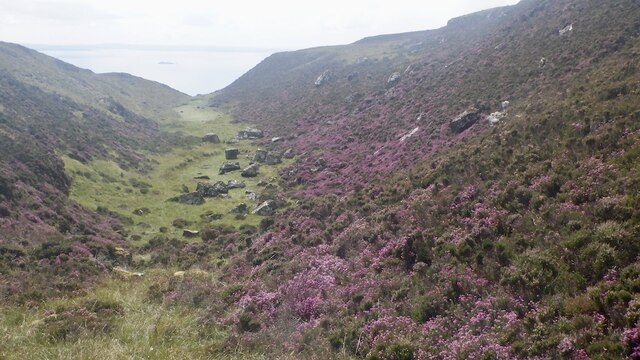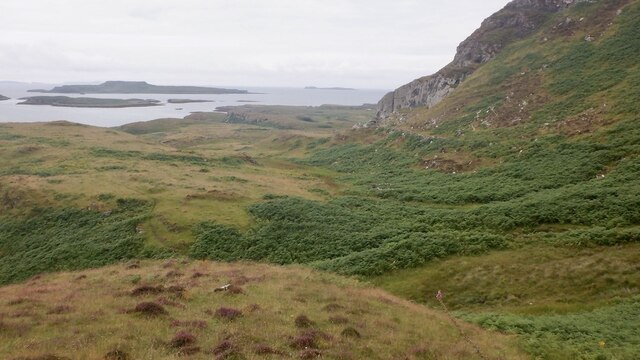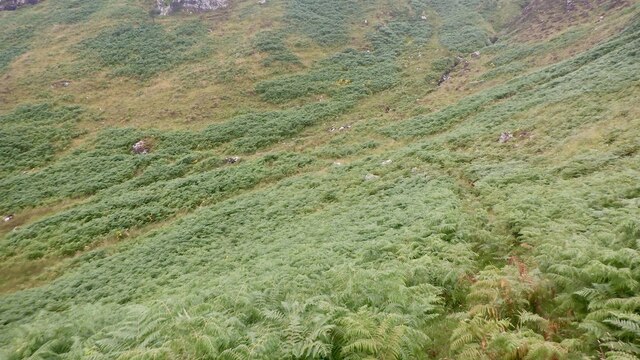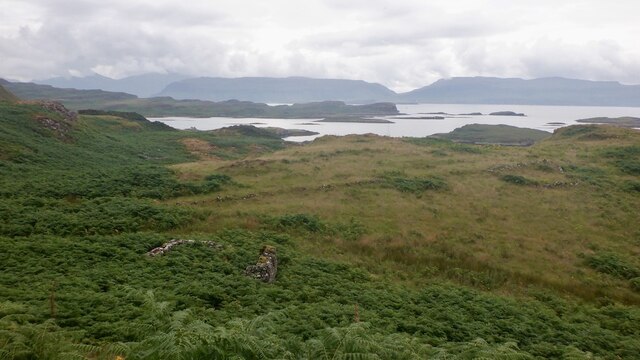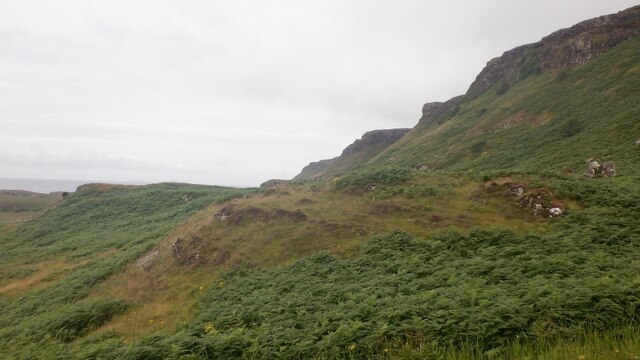Rubh' a' Charnain
Coastal Marsh, Saltings in Argyllshire
Scotland
Rubh' a' Charnain
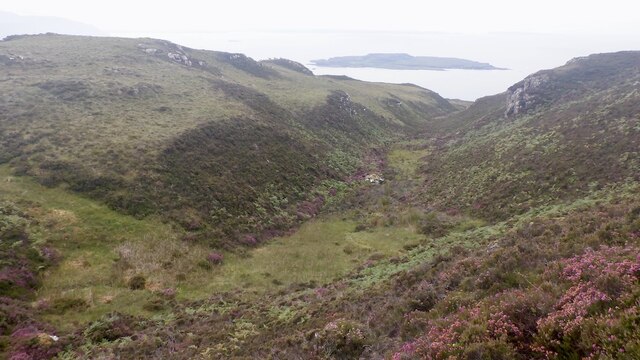
Rubh' a' Charnain is a coastal marsh located in Argyllshire, Scotland. It is situated near the village of Taynuilt and the larger town of Oban. This area is known for its picturesque beauty and offers a diverse range of habitat and wildlife.
The coastal marsh is characterized by its extensive saltings, which are areas of low-lying land that are regularly inundated by the tides. These saltings provide a unique ecosystem that supports a variety of plant and animal species. The marsh is home to a wide range of bird species, including waders such as curlews, redshanks, and oystercatchers, which can be seen feeding in the mudflats during low tide.
The marsh itself is covered in a lush carpet of salt-tolerant vegetation, including sea-purslane, sea aster, and sea lavender. These plants have adapted to the harsh conditions of the marsh, thriving in the salty and wet environment. They provide important habitat and food sources for the resident and migratory bird species.
In addition to its ecological importance, Rubh' a' Charnain offers stunning views of the surrounding landscape. The marsh is bordered by rocky cliffs and offers panoramic vistas of the nearby mountains and the sea. The combination of the diverse wildlife, unique vegetation, and breathtaking scenery makes Rubh' a' Charnain a popular destination for nature enthusiasts, birdwatchers, and photographers.
Visitors to Rubh' a' Charnain can explore the marsh via a network of footpaths and enjoy the tranquility of this remote coastal landscape. It is a place where nature thrives and offers a glimpse into the beauty and diversity of Scotland's coastal ecosystems.
If you have any feedback on the listing, please let us know in the comments section below.
Rubh' a' Charnain Images
Images are sourced within 2km of 56.468223/-6.2244241 or Grid Reference NM3938. Thanks to Geograph Open Source API. All images are credited.
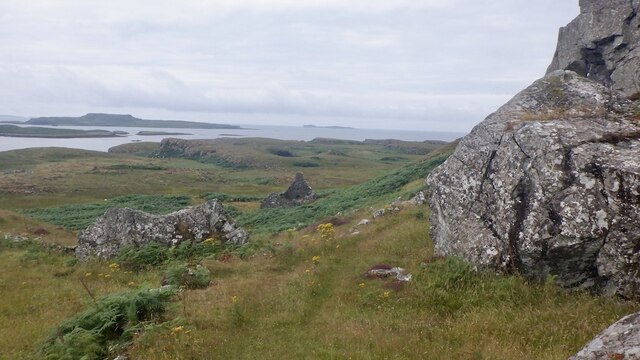
Rubh' a' Charnain is located at Grid Ref: NM3938 (Lat: 56.468223, Lng: -6.2244241)
Unitary Authority: Argyll and Bute
Police Authority: Argyll and West Dunbartonshire
What 3 Words
///oddly.huts.headrest. Near Calgary, Argyll & Bute
Nearby Locations
Related Wikis
Ulva
Ulva (; Scottish Gaelic: Ulbha) is a small island in the Inner Hebrides of Scotland, off the west coast of Mull. It is separated from Mull by a narrow...
Little Colonsay
Little Colonsay (Scottish Gaelic: Colbhasa Beag) is an uninhabited island west of the island of the Isle of Mull in Scotland. The geology of the island...
Loch Tuath
Loch Tuath (Scottish Gaelic: Loch-a-Tuath) is a sea loch in the Inner Hebrides, Scotland that separates the Isle of Mull and the island of Ulva. Loch Tuath...
Gometra
Gometra (Scottish Gaelic: Gòmastra) is an island in the Inner Hebrides of Scotland, lying west of Mull. It lies immediately west of Ulva, to which it is...
Nearby Amenities
Located within 500m of 56.468223,-6.2244241Have you been to Rubh' a' Charnain?
Leave your review of Rubh' a' Charnain below (or comments, questions and feedback).
